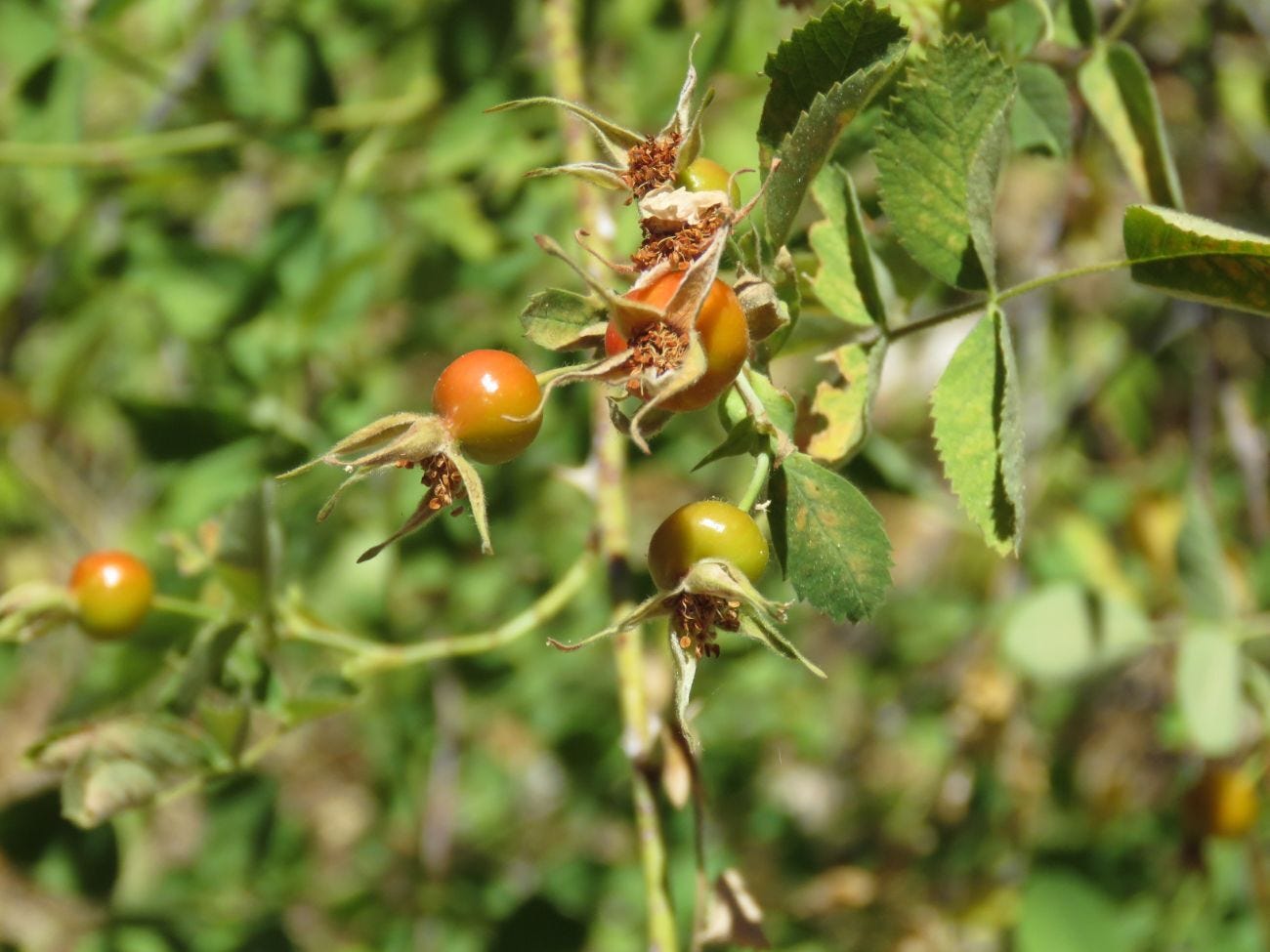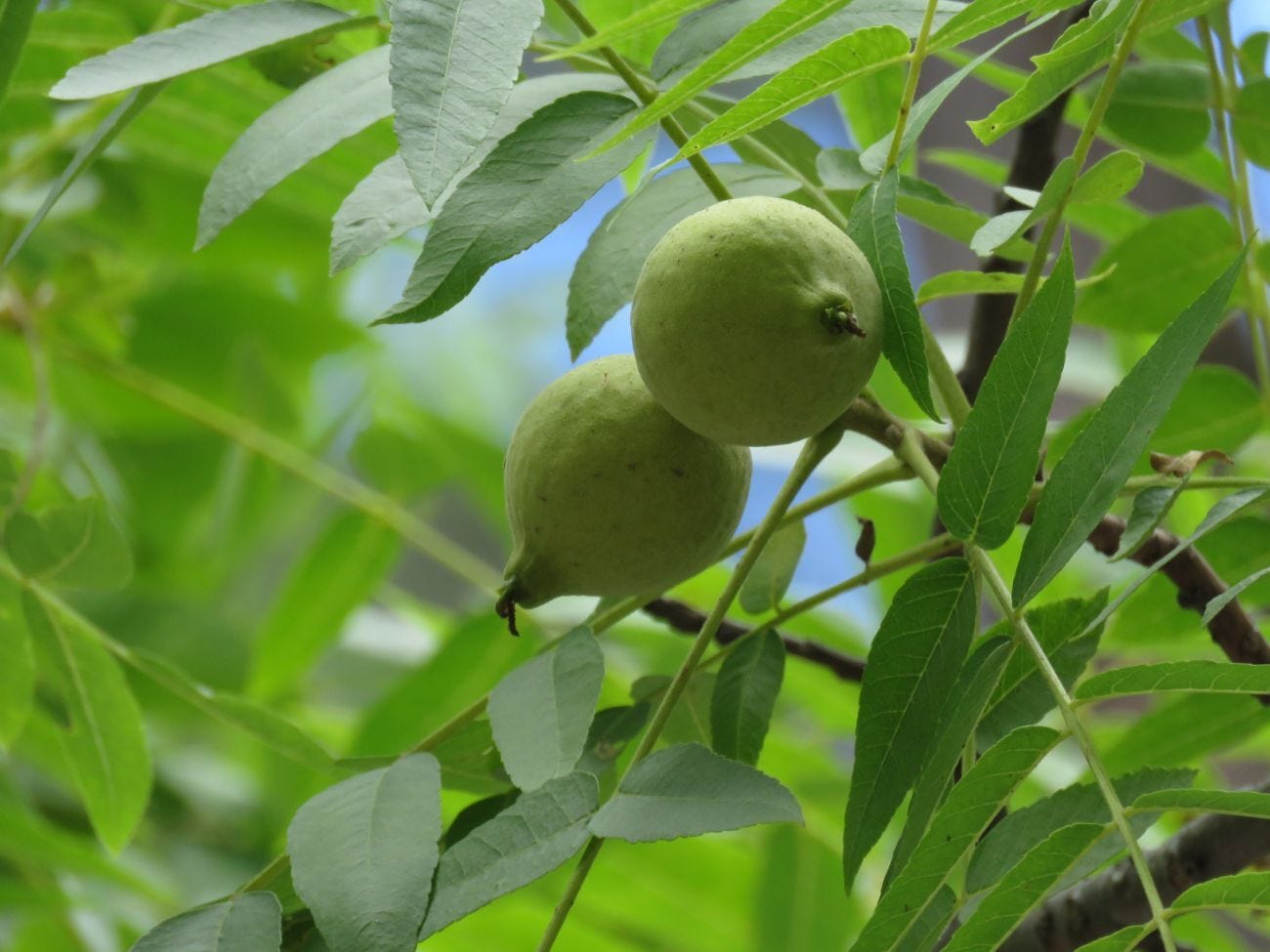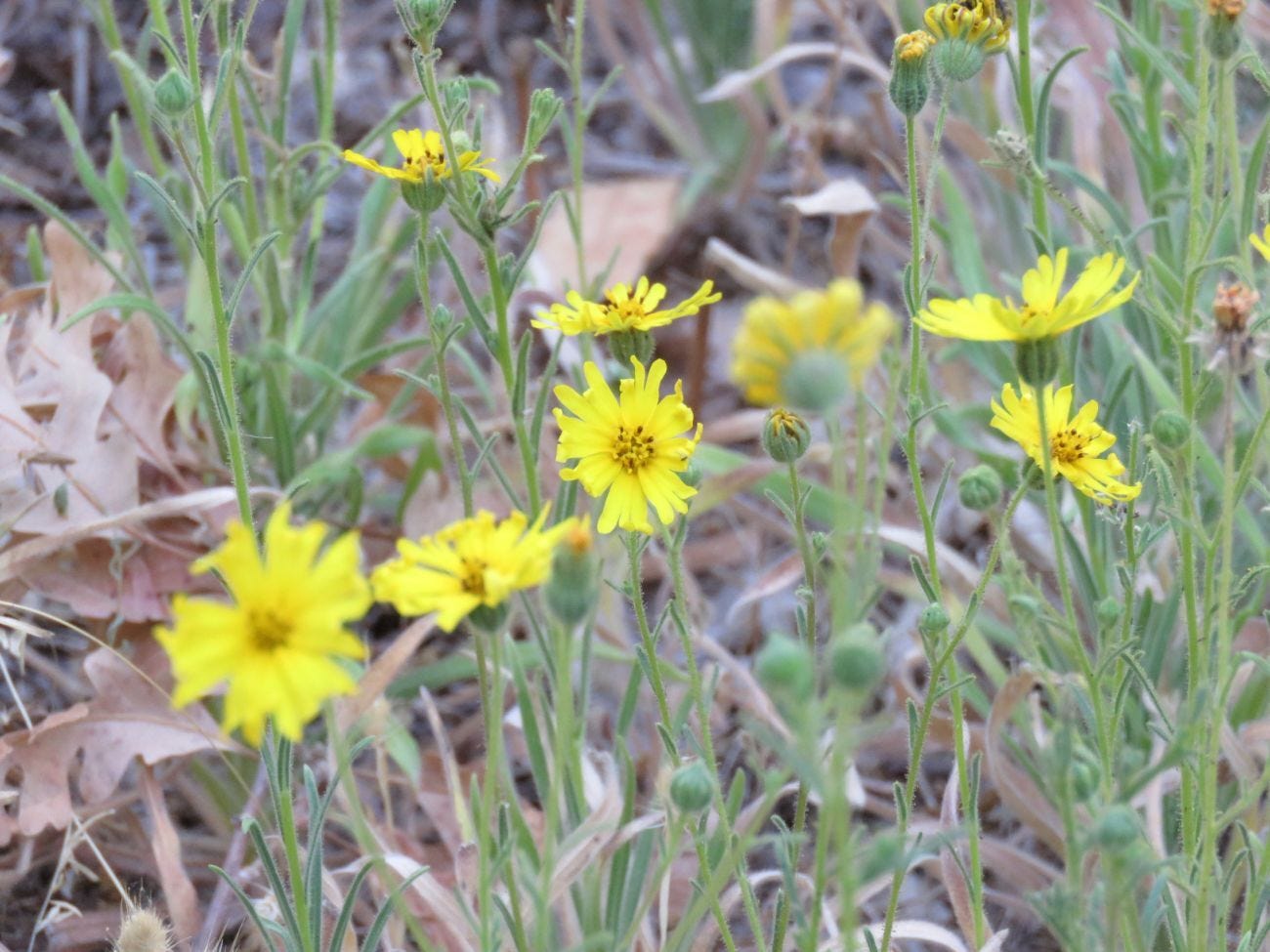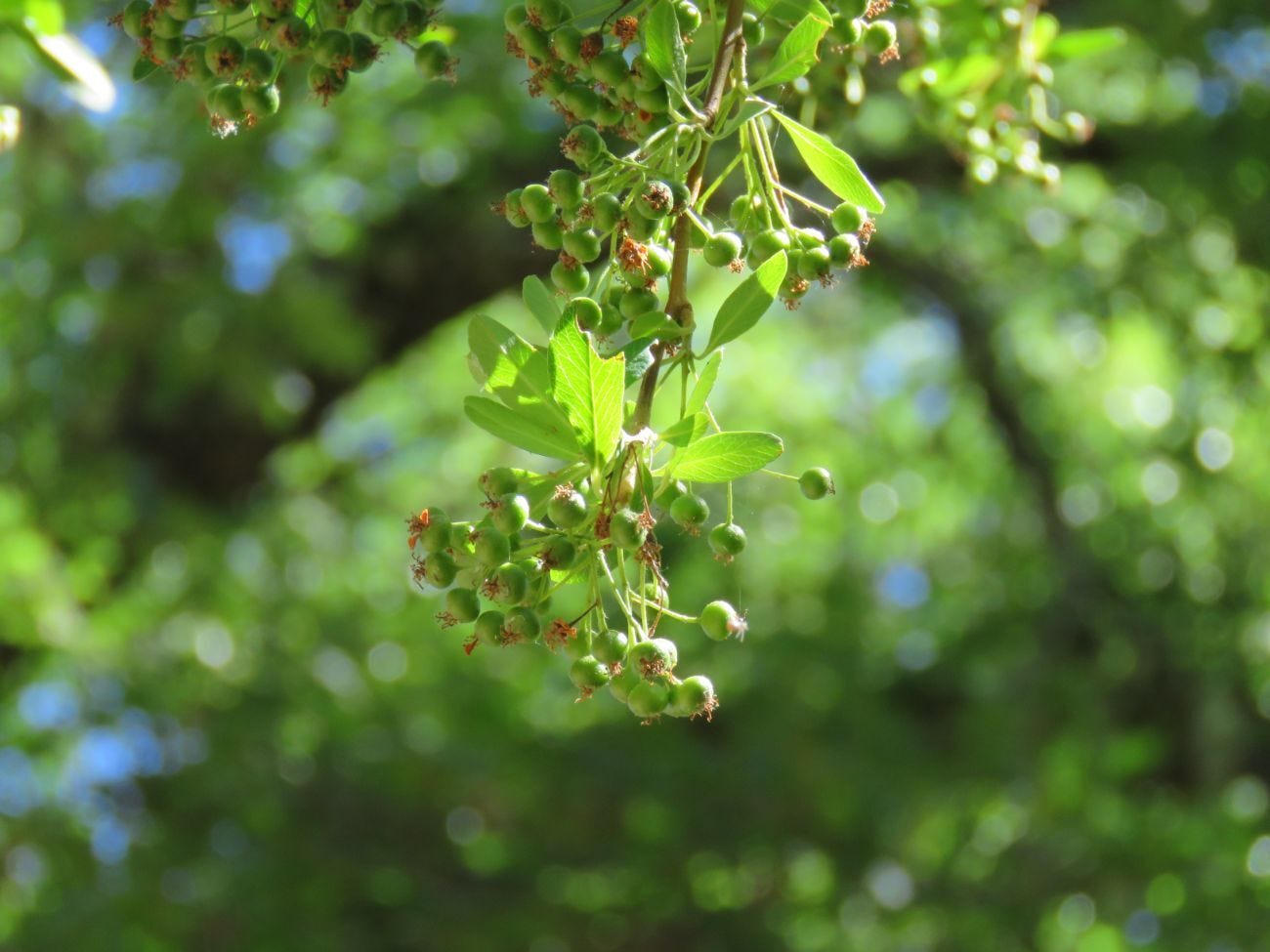NAPA VALLEY, Calif. — Taking a walk in late summer provides ample opportunity to view nature's innumerable ways of distributing seeds. Each plant provides its own unique way of dispersal. While some seeds are equipped with “wings” that make use of wind power, other seeds rely on birds or other animals to feed on the plant's fruit then distribute the seeds through their scat.

Look at the humble dandelion. Its feather-like seeds are made to float away to ensure their propagation. Trees such as willows and poplars broadcast their seeds via clouds of froth-like cotton balls so that they may grow far from the mama tree. Since they are often found near creeks, the water flow also ensures dispersal far down stream.
In “Seeds: Time Capsules of Life,” Rob Kesseler and Wolfgang Stuppy describe the impressive seed dispersal method of some types of owl’s clover. This plant’s seeds are designed with an astonishing honeycomb-like structure that is nature’s way of engineering for seed stability while reducing the weight of the seed. The design also permits the seed to “catch” onto vegetation for germination to take place.
Rosehips, those round, fleshy pods that decorate the rose bush and contain seeds, show up on the California wild rose after the flower finishes its lovely bloom. Indigenous people had several uses for wild rosehips. The fragrant seed pods have a high vitamin C content and have been consumed both raw and dried to prepare a tea. They are also full of nutritious carotenoids like beta-carotene and lycopene as well as lutein. The wild rose plant stems have been utilized for baskets and coiled jewelry. Related to apricots and apples, rosehips were used during World War II in high-vitamin teas and jellies. Today rosehips are studied for possible aid in reducing arthritis pain.
California bay laurel or pepperwood, as it is also called, is now busy producing seeds that resemble olives. Bay trees thrive in numerous habitats, attaining a large stature along creek banks. As sunlight plays through their sinuous limbs, look carefully and you will see the seed, or fruit, as it is sometimes called. Bay tree seeds weren't the only part of the tree that were useful. Many Indigenous people employed bay leaves as they prepared for a hunt or to keep bugs out of their baskets. The bay tree’s seeds were once harvested by the bushel. Since bay nuts contain valuable fats and starches, the husk was peeled then the seeds were dried and pounded into a type of flour and kept in tiny cake shapes for use as a condiment or made into a type of bread.
Many woodland creatures make use of the pepperwood nuts, such as Western gray squirrels, Steller’s jays and black-tailed deer.

Northern California black walnut is a native plant with a delicious, oily and nutritious seed. Found all across Napa County in Quail Ridge Reserve, Knoxville Wildlife Area, Atlas Peak and many more places, this lovely tree thrives in riparian and canyon habitats. Black walnuts are the seeds of the tree that ripen in fall. They can be consumed raw or dried. These nuts are prized for their distinctive earthy flavor and nutrients galore, such as vitamin E, magnesium, B vitamins, protein and fiber. Be prepared to work hard for your feast, as the black walnut shell is iron-hard. After removing the outer husk, your hands will become discolored for quite some time. Besides eating them, some Indigenous tribes made use of the walnut shells as game pieces in gambling games, while others prepared a tea from the bark of the walnut tree. The black walnut tree does produce a toxic substance called juglone, the highest concentration of which is in the root system and the hulls, so extreme caution should be used in handling hulls and other parts of the tree.
Tarweed, or spring madia, as it is known, proliferates in hot summer months and earned its moniker due to the sticky stems of the plant. Cheery and bright yellow, tarweed’s flowers open up wide as though smiling in the morning hours, inviting pollinators to visit. As the heat of the day encroaches, the smart flower closes up shop for another day. Tarweed can be found in open spaces such as grasslands at sea level up to more than 3,000 feet in elevation. Tarweed seeds are considered achene, or thin-walled, dry fruit, and were consumed by Indigenous people for thousands of years. In her Pomo Indian paintings, artist Grace Hudson immortalized the Native people of Ukiah with her beautiful “Tar-weed Gatherer” painting, which depicts the basket-like seed gathering tool that was used in those days.
Toyon is a hearty California native plant with a bounty of seeds for the animal population to enjoy. Highly drought-tolerant, like most California native plants, this tall bush is a great addition to the local landscape. Summertime brings out its showy white blooms, then a green berry is formed, later morphing into bright red to attract berry-loving birds, like the varied thrush, American robin, pileated woodpecker and more. Birds eat the whole berry, including the seeds, then excretes the seeds to conveniently distribute the plant. This perennial shrub grows throughout western California up to the Sierra foothills. It has been called Christmas berry and California holly due to the bright red berries. In fact, Hollywood was named after the prolific plant. The Indigenous peoples across what is now California once ate the raw berries by mashing them and adding them to water. The berries and beverage are acidic and astringent, so be warned!
Allow yourself to be drawn into nature's magic show. The price of a ticket is just showing up; then one is often privileged to catch the natural world in its ever-changing nuances. Permit yourself to glimpse behind the curtain as the seasons slowly transform yet again.
Kathleen Scavone, M.A., retired educator, is a potter, freelance writer and author of three books: “Anderson Marsh State Historic Park: A Walking History, Prehistory, Flora, and Fauna Tour of a California State Park,” “People of the Water” and “Native Americans of Lake County.” She loves hiking, travel, photography and putzing in the garden.






